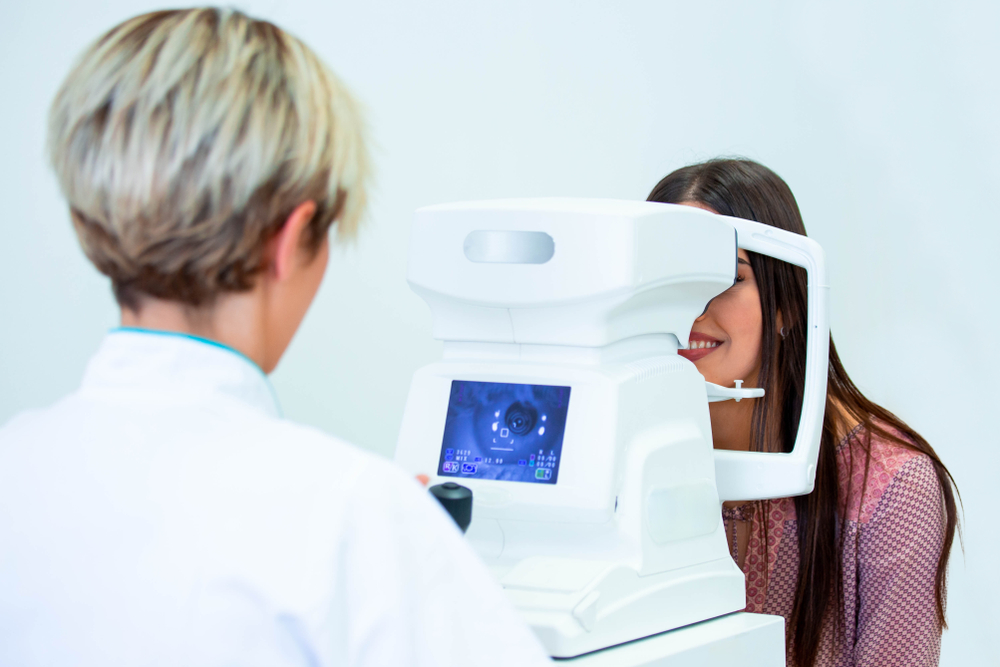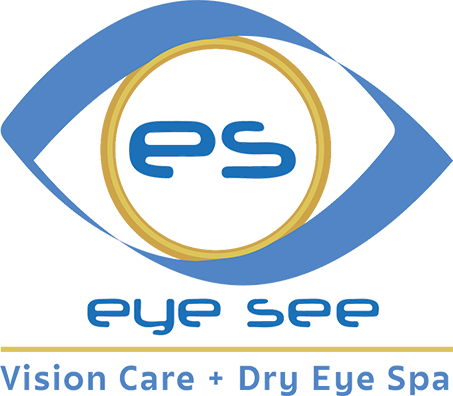
Myopia is one of the most common vision problems in children today. It causes distant objects to appear blurry while close-up vision remains clear. While mild myopia may seem harmless at first, it often worsens as a child grows. Understanding how quickly myopia progresses and how to slow it down is essential to protecting long-term vision health.
Understanding Myopia Progression
Myopia typically develops during childhood and can continue to worsen through the teenage years as the eyes grow. In many cases, children with myopia experience a gradual progression of about 0.50 to 1.00 diopter per year. However, this rate can vary depending on several factors, including:
• Age at onset - The earlier myopia begins, the more time it has to progress.
• Genetics - Children with one or both nearsighted parents are at higher risk of faster progression.
• Lifestyle habits - Excessive screen time, limited outdoor play, and prolonged near work can contribute to worsening myopia.
• Eye growth patterns - In some children, the eye lengthens more rapidly, causing vision to deteriorate faster.
Because the condition often changes subtly, parents may not notice worsening vision until their child starts struggling to see the board at school or squints frequently.
Why Regular Pediatric Eye Exams Matter
Regular eye exams are the best way to monitor your child’s vision and detect changes early. Comprehensive pediatric eye exams not only check visual clarity but also measure eye growth and overall health. Detecting myopia early allows your optometrist to intervene before it becomes more severe.
At Eye See Optical, we recommend scheduling annual eye exams for children or more frequently if they’ve already been diagnosed with myopia. Early detection gives us the opportunity to discuss treatment options and create a management plan tailored to your child’s needs.
Myopia Management Options
Fortunately, there are advanced ways to slow down myopia progression. Myopia management focuses on keeping your child’s prescription stable for as long as possible. Common approaches include:
• Orthokeratology (Ortho-K) lenses - Specially designed contact lenses worn overnight to gently reshape the cornea and reduce myopia progression.
• Atropine eye drops - Low-dose drops used nightly to help slow the elongation of the eye.
• Multifocal contact lenses or glasses - Designed to reduce strain and control how the eye focuses, helping to manage myopia growth.
• Lifestyle recommendations - Encouraging outdoor play and limiting screen time can also make a meaningful difference.
Your optometrist can evaluate which method or combination of treatments is most effective for your child.
Schedule a Pediatric Eye Exam in Kensington Today
While the speed of myopia progression varies from child to child, consistent monitoring and proactive management can protect your child’s vision for years to come. With today’s technology and care options, myopia doesn’t have to mean worsening eyesight - it can be managed effectively with the right approach.
Protect your child’s vision by scheduling a comprehensive eye exam at Eye See Optical to explore myopia management solutions tailored to your child’s unique needs. Visit our office in Kensington, Maryland, or call (301) 881-6232 to book an appointment today.








